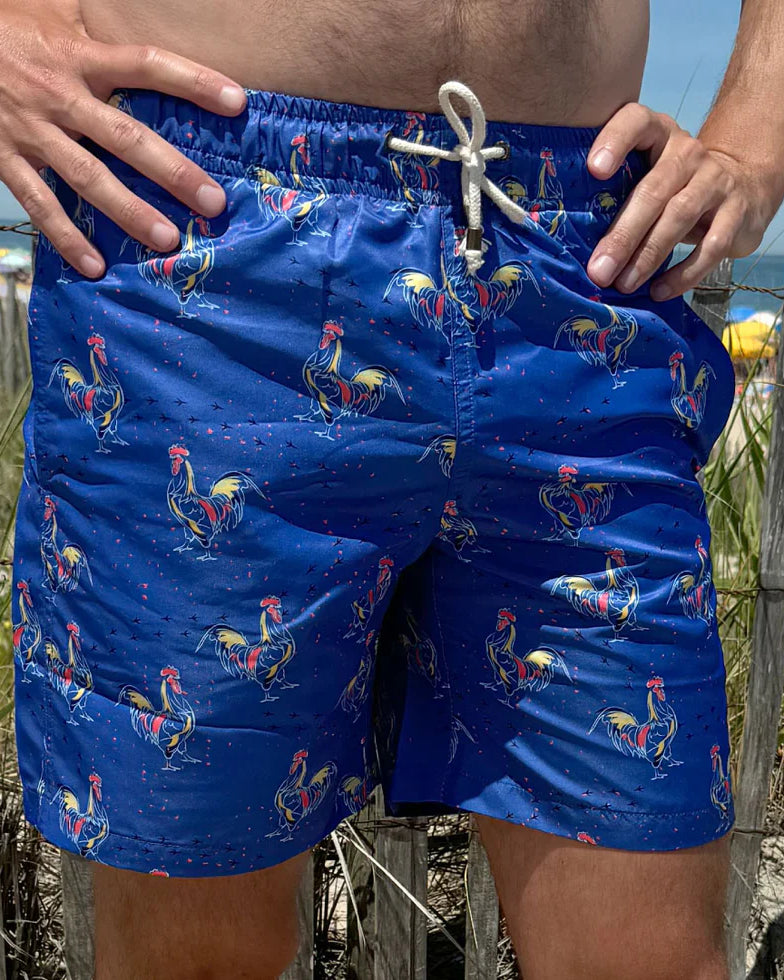
What does sustainability in agricultural clothing materials mean? In short, it refers to fabrics that come from natural fibers like organic cotton, flax, silk, wool, and bamboo. There is a lot of polyester in spandex and activewear, but now it is much easier to find products made of organic cotton with a lot less spandex and no polyester.
Most think the majority of ecological damage comes from air pollution from factories, automobiles and dumping of waste into our oceans, rivers, and streams, and catastrophic oil spills. While these are huge contributors, did you know that the “fast fashion” industry that produces nylon, spandex, and polyester is the second largest polluter of water, and the third largest polluter overall? These products are not easily biodegradable, often taking decades to break down and releasing microplastics into our environment.
We need to understand what is required to produce products like cotton, bamboo, and linen, and we should know what happens to our environment when we discard these materials.

Take cotton for example. Surprisingly, cotton is one of the most unsustainable crops on the planet. It requires over 700 gallons of water to make one cotton t-shirt, contributing to freshwater shortages across the globe.
Cotton, (not organic cotton), is the second-most damaging agricultural crop in the world. It is estimated that conventional cotton farming, uses 20 to 25 percent of the world’s insecticides and about 10% of pesticides globally.
On a more positive note, organic cotton doesn’t contain all those harmful chemicals. And in 2018 large brands have pledged to use only sustainable cotton by 2025. These companies still need to process to organic cotton in a more sustainable manner. But the industry is moving in the right direction.

Linen is made of flax, a fast-growing plant that doesn’t require fertilizer, pesticides, or a lot of water. Linen, is a highly sustainable and eco-friendly fabric.To top it off, it is one of the best naturally biodegradable fabrics. There aren’t many fabrics that have all the natural qualities of linen. Here are some features that show how linen is good for us and our environment.
- It is hypo-allergenic, and gentle on the skin. Good for those with sensitive skin and those with skin conditions.
- It is naturally antibacterial, suppressing pathogens and bacteria while repelling dirt. Because of these properties, for years linens were used to make bandages.
- Long-lasting and durable. It won’t yellow over time and because of its strong fibers, it will likely last years longer than than other fibers.
- It is one of the best naturally biodegradable fabrics as well. Meaning it won’t take up space that long in a landfill.
- Lnen softens over time, meaning the longer you wear it, the more comfortable it feels.
- It has temperature-regulating properties. One of its unique characteristics is that it is a natural insulator and ventilator, keeping you cooler on hot days, and warmer on cooler days.
- It has been proven to absorb 20% of its weight before any wetness is evident on the material.
- A breathable fabric as it allows more air to flow to the body making it feel light and airy.
- Naturally anti-static, reducing/preventing it from clinging to your body.
Although no fabric is perfect, organic cotton, linen, silk, or bamboo are all highly sustainable fabrics. We continue to study and learn more about sustainability and are finding more ways to make all fabrics, even man-made materials, more sustainable.

We have come a long way since the first Earth Day was celebrated back on April 22, 1970. Originally it was a simple idea to help make our planet a happier, healthier place to live. The concept took hold and spawned national rallies to raise awareness about the issues with our environment. As a result of these events taking place across the United States, the Environmental Protection Agency was formed in 1970.

As decades passed more and more people around the globe have become increasingly aware of the need to clean up our world. Today, with more hybrid and electric cars, weekly trash recycling, and a better understanding of sustainable fabrics, we are taking steps toward cleaning up the Earth. We still have a long way to go, but with greater awareness and people taking more active roles, we look forward to even more progress in trying to protect our environment and our natural resources.




















